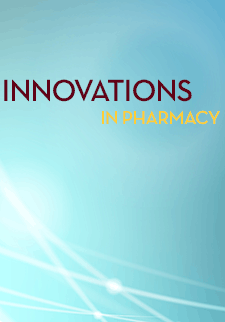Assessing Indigenous Cultural Safety Learning using Modified Reflexive Visual Arts
Jason Min
Faculty of Pharmaceutical Sciences - University of British Columbia
https://orcid.org/0000-0002-7454-1972
Kimberley MacNeil
University of British Columbia, Faculty of Pharmaceutical Sciences
Filip Zekic
University of British Columbia, Faculty of Pharmaceutical Sciences
Larry Leung
University of British Columbia, Faculty of Pharmaceutical Sciences
DOI: https://doi.org/10.24926/iip.v12i3.3692
Keywords: cultural safety, cultural competency, qualitative assessment, Indigenous health, photovoice, assessment, pharmacy education
Abstract
Objective: Assessing Indigenous cultural safety learning in pharmacy students using modified reflexive visual arts
Innovation: Traditional quantitative assessment methods are often ineffective and impractical for the evaluation of Indigenous cultural safety learning. Existing qualitative assessment methods have shown potential in small-class and experiential environments, but evidence to guide the scalability and use in a large lecture format is sparse. An innovative, visual arts-based qualitative assessment of cultural safety learning was developed and deployed to 223 first-year pharmacy students. The assessment was deployed in a pre- and post-term style in a foundational pharmacy module that included content on Indigenous health and cultural safety. The pre-term assessment included two activities for students: 1) a visual art self-reflection requiring students to use any visual art medium to depict what they think it means to practice as a pharmacist with cultural safety, accompanied by a brief written description and (2) an in-class session with a brief lecture component, small and large group sharing of reflections, debrief of experiences, and student peer review of the visual reflections. The post-term portion included a similar self-reflection activity and an in-class session that now asked students in their small groups to: 1) compare their pre/post reflections, and 2) collectively create a new summative visual that depicts the entire group’s thoughts. Surveys and a focus group were used as an additional source of data.
Critical Analysis: Survey responses (n=215) indicated that feedback for the assessment was highly positive, with 77% of students recommending the activity for future first-year pharmacy students. Students also validated the utility of the assessment, with 70% strongly or somewhat agreeing that the activity was valuable for their learning, 80% strongly or somewhat agreeing that the activity stimulated their thinking, and 81% strongly or somewhat agreeing the activity accurately reflected their true feelings on practicing cross-culturally.



